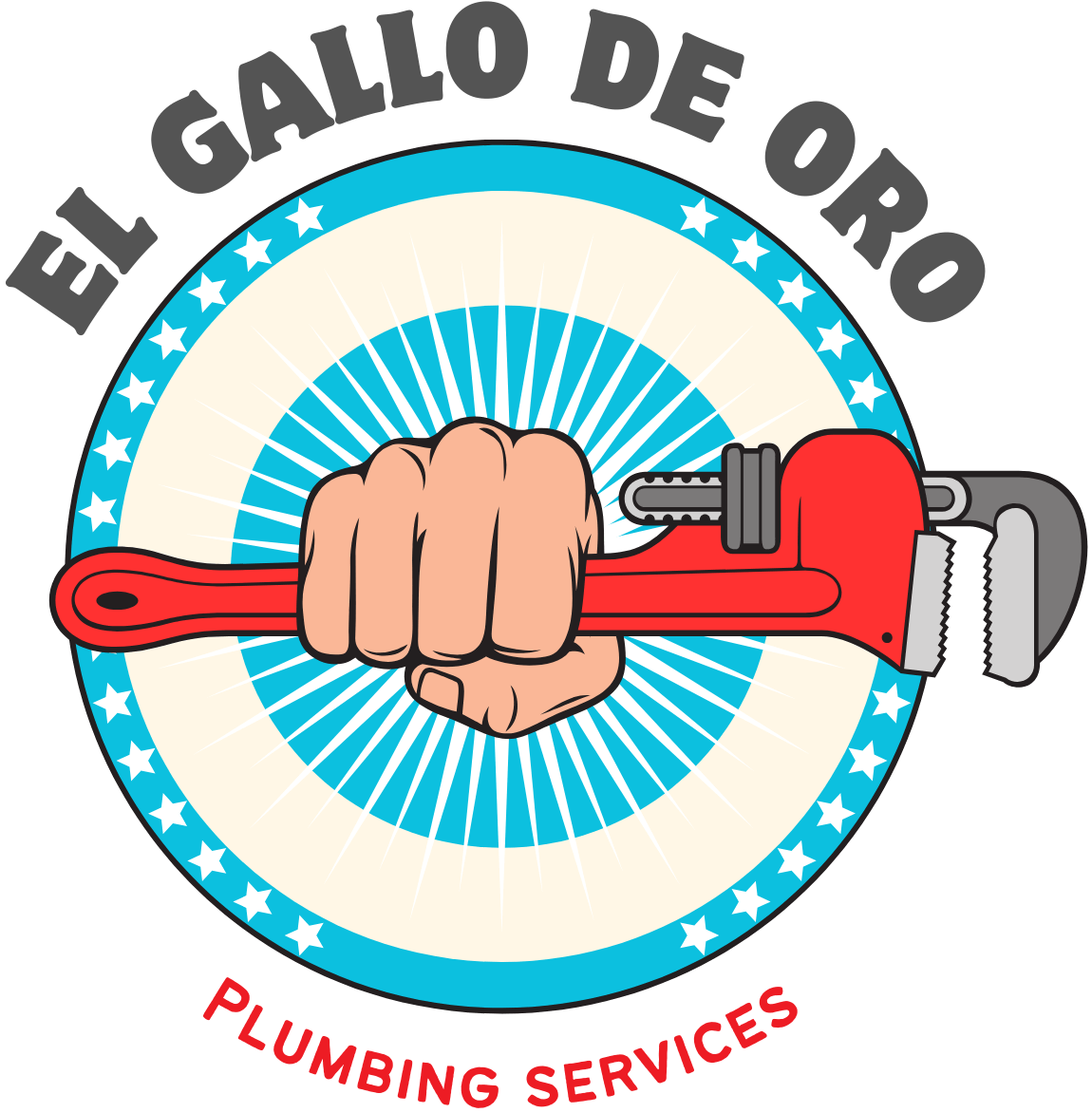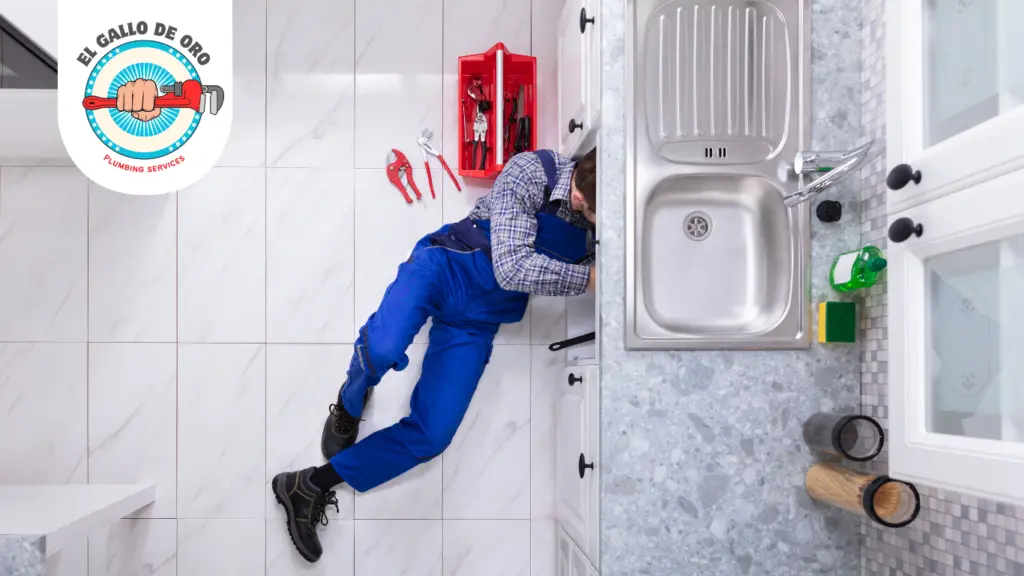Water is a vital resource, yet in many buildings, it is regularly lost due to outdated infrastructure, hidden leaks, or inefficient plumbing layouts. While dripping faucets and visible pipe breaks are obvious signs, much of the water loss occurs silently within walls, foundations, and buried systems. Reducing this waste starts with one critical factor—intentional, well-planned plumbing design. When systems are built or upgraded with conservation in mind, the result is a dramatic improvement in efficiency, reliability, and environmental impact.
Designing for Efficiency from the Ground Up
Effective water conservation begins long before a drop flows through a faucet. The planning stage of a plumbing system determines how water will travel, at what pressure, and with how much resistance. Poorly routed pipes, excessive length, or unnecessary fittings create friction and increase the energy required to move water. These inefficiencies also lead to pressure imbalances that strain fixtures and appliances. A well-designed layout, supported by efficient materials, ensures minimal resistance and precise delivery. Piping services focused on smart layout planning play a pivotal role in achieving this balance.
The Connection Between Leak Prevention and System Design
While leaks are often considered maintenance issues, many are actually the result of flawed system design. Pipes that are improperly supported, exposed to temperature extremes, or placed under continuous stress will eventually fail. Over time, even minor design oversights can lead to structural damage, water loss, and high repair costs. Using corrosion-resistant materials, maintaining appropriate pipe diameters, and implementing pressure regulation all contribute to leak prevention. These design strategies not only extend the life of plumbing systems but also protect the integrity of buildings and infrastructure.
Smart Flow Management for Daily Savings
In residential and commercial buildings alike, managing how and when water is delivered can lead to significant conservation benefits. Zones that regulate usage by need, properly calibrated flow restrictors, and smart fixtures all rely on a sound foundation. This is where the integrity of the plumbing network becomes essential. Modern piping solutions are built to support this level of control, allowing property owners to tailor water delivery without compromising pressure or performance. By reducing excess flow and preventing overuse, these systems contribute to both environmental stewardship and financial savings.
The Broader Environmental Impact of Efficient Plumbing Systems
Beyond the direct cost to property owners, water waste places a burden on municipal water treatment, energy resources, and regional sustainability efforts. Every gallon lost to inefficiency is one that must be extracted, purified, and delivered again—consuming energy and infrastructure capacity. As cities like Frisco, TX continue to grow, conserving water at the individual building level becomes a critical part of the broader environmental solution. Properly executed piping services provide the backbone for responsible usage, helping reduce the carbon footprint associated with water distribution and heating.
Thoughtful plumbing design isn’t just about preventing inconvenience—it’s about building systems that respect resources, reduce waste, and serve generations to come. Through strategic planning, durable materials, and mindful implementation, water conservation becomes a built-in feature of every well-designed property.
Read more:
The Role of Piping Services in Creating a Balanced Water Flow System

